Public
Ecovia Intelligence Events
Ecovia Intelligence Locations
Ecovia Intelligence News
Ecovia Intelligence News - pdf
Ecovia Intelligence Videos
If this is your company, CONTACT US to activate Packbase™ software to build your portal.


The premier Sustainable Cleaning Products Summit drew to a successful close in Paris a few weeks ago. About 80 senior executives from the cleaning products industry convened in Paris to debate major sustainability issues.
There was a call for greater steps to address the environmental and safety impacts of cleaning products. Although there have been improvements in product formulations, there remain concerns about the health risks of contentious ingredients.
Tom Domen from Ecover highlighted the contrast in sustainability approaches in the industry: "green brands are preoccupied with natural chemicals, whereas conventional cleaning companies focus on the consumer".
Domen commented that green brands ignore the use phase of their products, whilst conventional brands don’t look at contentious chemicals. Apart from encouraging the use of plant-based chemicals, Domen called for a circular approach to material use.
Similar sentiments were echoed by Timothy Glaz from Werner & Metz. The German company has adopted the Cradle-To-Cradle (C2C) design approach for its products. It has introduced a ‘recyclate initiative’ for its product packaging and switched to vegetable-based surfactants. According to Glaz, “sustainability involves a review of the company’s processes for continuous improvements”.
Details were given on popular green certification schemes for cleaning products. Amarjit Sahota, president of the event organiser Organic Monitor, said that the industry was lagging behind others in terms of standards with less than 1 percent of cleaning products certified.
Aurelien Rouillard from Ecocert outlined the differences between the Ecocert Greenlife and the EU Eco-label standards.
Marie Chupin from the French brand Etamine du Lys highlighted the challenges brands face when taking the certification route: the narrow palette of natural ingredients and high certification costs. Consumer perception was also mentioned by several green brands as an issue, with most consumers associating natural products with low performance.
A number of new green ingredients were presented at the summit. Clariant gave details of its sustainable sugar surfactants. Made from sustainable palm oil and corn, its glucamides have various applications in cleaning products.
The role of enzymes in laundry products was emphasised by Gilles Mur from Du Pont. According to Mur, developments in enzyme technology were leading to shorter wash cycles and less water use. Procter & Gamble highlighted the need to innovate when considering sustainable raw materials; the company has partnered with DuPont to source cellulosic ethanol from corn waste.
The summit closed with a call for greater collaborations between stake-holders to address pressing sustainability issues. Consumer behaviour is a major concern, since the highest environmental impact of cleaning products is at use phase.
Apart from responsible use, there is a need to encourage purchases of sustainable / green products. There is also a disconnect between green ingredients and green products; unlike related industries like personal care, most green ingredients are designed for conventional products (and not natural / green products).
Sustainability discussions will continue in the 2nd edition of the Sustainable Cleaning Products Summit, which will be hosted in Paris in November 2016. Organic Monitor is also hosting a Green Materials Masterclass to give an update on the growing range of green ingredients for personal care & home care formulations; the masterclass will be hosted in San Francisco on 19-20th January.
You can also view the summit pictures at:
http://www.sustainablecleaningsummit.com/paris2015summitpics.htm



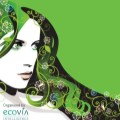
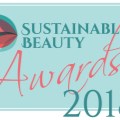







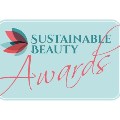
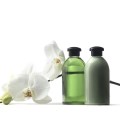
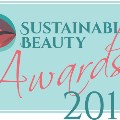


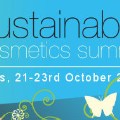


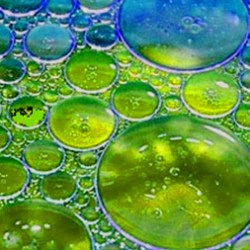


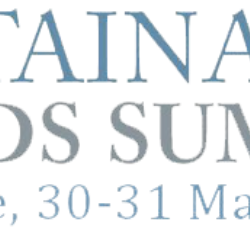




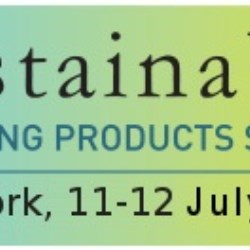
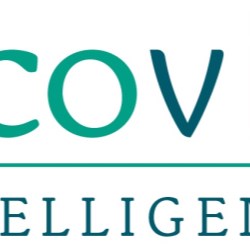
.jpg)


